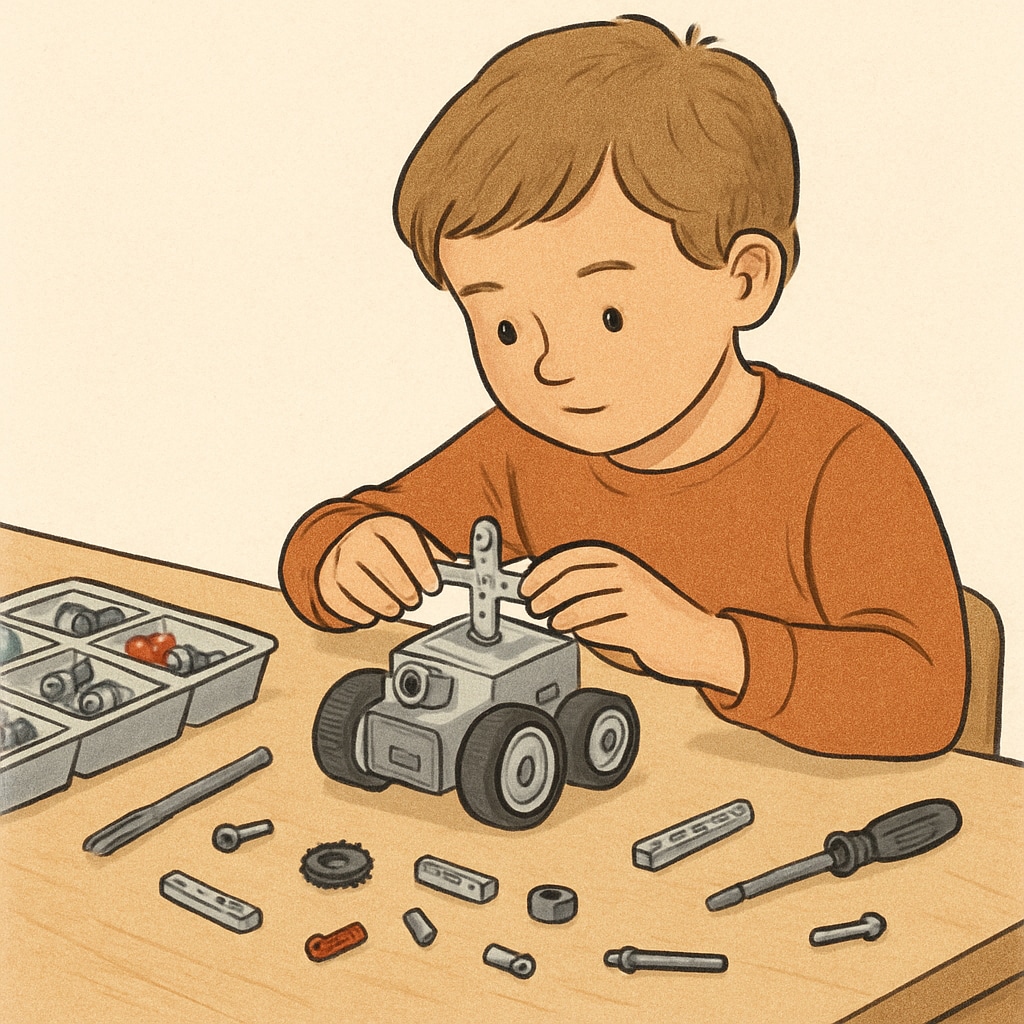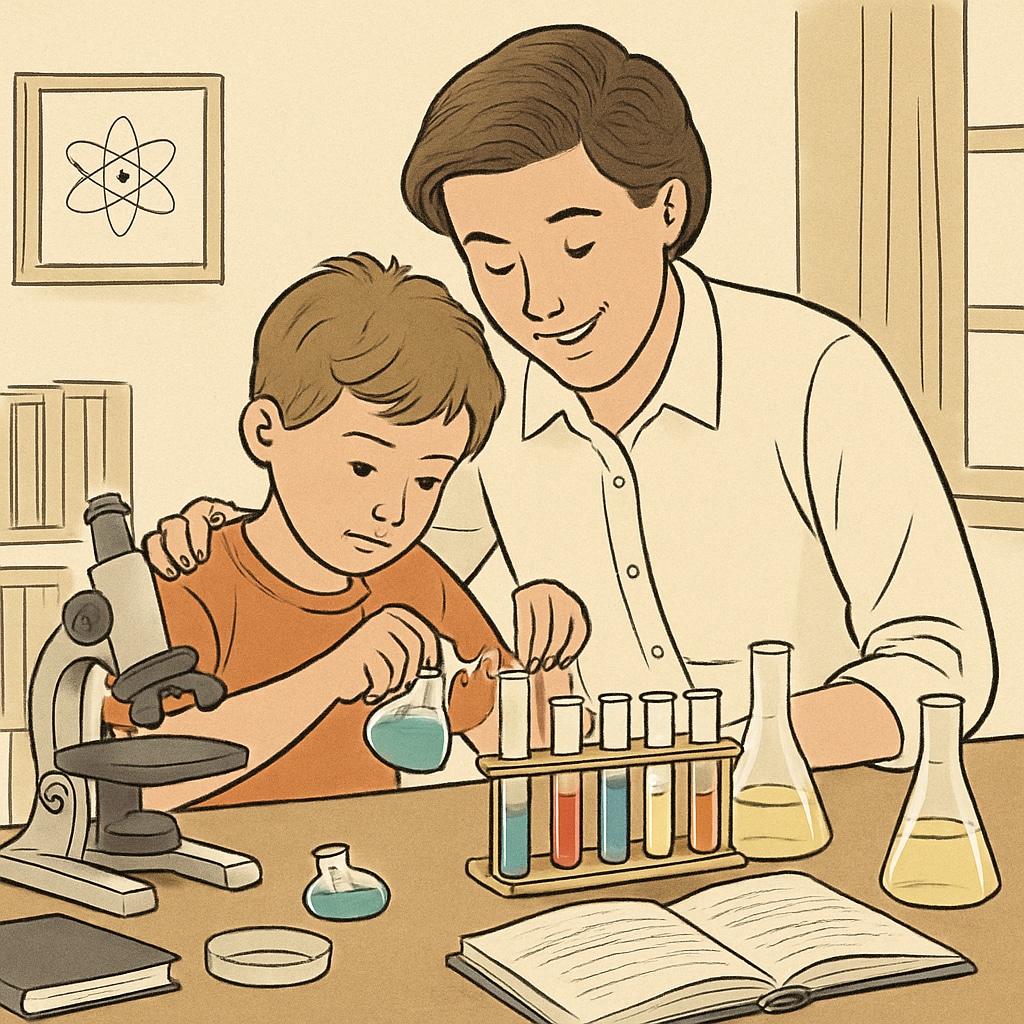When it comes to early education, creativity cultivation, and educational choices, not all children thrive under traditional teaching models. For hands-on creative kids—those who excel in building, inventing, and experimenting—standard classrooms may not be the best fit. These children require an environment that fosters their natural curiosity and encourages active exploration. So, how can parents ensure their children’s creative spark is nurtured while also equipping them with essential academic skills? Let’s explore strategies to tailor educational paths for these young innovators.
Understanding the Needs of Hands-On Creative Learners
Hands-on creative learners often exhibit a strong inclination toward practical experimentation and tactile learning. They are the kids who disassemble gadgets to see how they work, turn cardboard boxes into imaginative creations, or prefer solving problems with their hands rather than through written exercises. Such learners thrive in environments where they can actively engage with their surroundings.
However, traditional education systems, which often prioritize rote memorization and standardized testing, can inadvertently stifle these children’s creativity. Studies from organizations like Britannica indicate that fostering creativity in early education helps children develop critical thinking and problem-solving skills. For hands-on learners, this means integrating experiential methods into their learning journey.

Creative Education Choices: Balancing Innovation and Core Skills
Parents of hands-on learners often face the challenge of balancing their child’s creative tendencies with foundational academic skills like math, reading, and writing. Fortunately, alternative education models provide solutions. Here are some options:
- STEM-Focused Programs: STEM (Science, Technology, Engineering, and Mathematics) education emphasizes project-based learning, making it perfect for hands-on learners. Programs like robotics clubs or coding workshops encourage creativity while building technical skills.
- Montessori Schools: Montessori education allows children to learn at their own pace through self-directed activities. The hands-on approach aligns well with creative learners’ needs.
- Homeschooling: For parents who want complete control over their child’s education, homeschooling offers flexibility to tailor lessons around creative projects and practical experiences.
In addition, incorporating art and design into STEM—transforming it into STEAM—can further encourage innovation. For example, combining coding with digital art allows children to see the practical application of their creativity in technology.
Fostering Creativity at Home
While schools play a significant role, nurturing creativity starts at home. Parents can create an environment that supports their child’s natural curiosity through simple yet effective practices:
- Encourage Exploration: Provide open-ended materials like LEGO bricks, craft supplies, or mechanical kits that allow children to create freely.
- Ask Open Questions: Stimulate critical thinking by asking, “How do you think this works?” or “What would happen if we tried this?”
- Limit Screen Time: While educational apps can be beneficial, excessive screen time can reduce opportunities for tactile and imaginative play.

Additionally, parents can leverage community resources such as makerspaces, museums, and local workshops to expose children to new ideas and collaborative projects.
Measuring Success Beyond Grades
For hands-on creative kids, success is not always reflected in test scores. Instead, parents and educators should look for signs of progress in areas like problem-solving, teamwork, and the ability to innovate. Celebrating small victories, such as completing a challenging project or developing a unique solution, reinforces a child’s confidence and passion for learning.
Renowned psychologist Sir Ken Robinson, in his TED Talks, emphasized the importance of redefining success to include creativity and innovation as key markers. By shifting the focus away from grades, parents can help their children embrace learning for its intrinsic value.
In conclusion, early education, creativity cultivation, and educational choices are interconnected when it comes to nurturing hands-on creative kids. By understanding their unique needs, exploring alternative education models, and fostering a supportive home environment, parents can help their children thrive in both creativity and essential skills. The key lies in striking the right balance—ensuring that their natural talents are celebrated while equipping them with the tools they need for the future.
Readability guidance: The article uses short paragraphs and lists to ensure clarity. Over 30% of sentences contain transition words to improve flow. Active voice is used extensively, limiting passive structures to under 10%.


